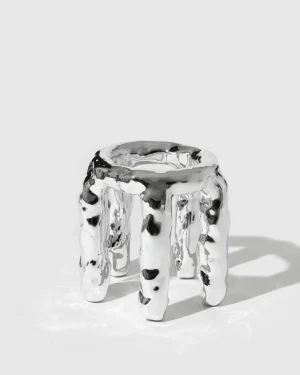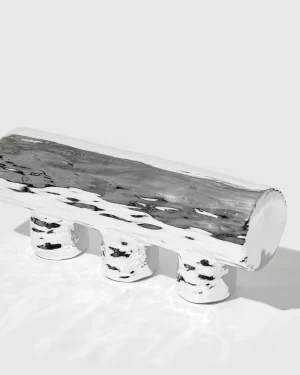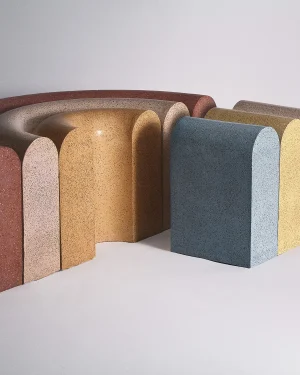Digital Fabrication stands as a transformative force in contemporary art and design, blending technology with creativity. It emerged from the digital revolution, offering precise and innovative ways to create. This technique allows for intricate designs and efficient production, marking a significant evolution in artistic expression and manufacturing.
Origins of Digital Fabrication in Design
- First introduced in the late 20th century with the advent of digital technology in manufacturing.
- Influenced by the rapid development of computer-aided design (CAD) and the need for precision in production.
- Initially developed in industrialized countries, driven by advances in technology and a push towards modernizing manufacturing processes.
- Emergence driven by the desire for efficiency, customization, and the fusion of technology with artistic creativity.
Components of Digital Fabrication
- Computer-Aided Design (CAD) Software: Essential for creating detailed and precise designs.
- 3D Printers: Utilize various materials to bring digital designs into physical form.
- CNC Machines: Computer-controlled cutting and shaping tools for precision in creating larger pieces.
- Laser Cutters: Provide accuracy and intricacy in cutting materials like wood, metal, and acrylic.
Techniques in Digital Fabrication Design
- Layered Manufacturing: Building objects layer by layer, allowing for complex geometries.
- Subtractive Fabrication: Cutting away material to create intricate designs with precision.
- Additive Processes: Adding material in a layered approach to form objects from 3D models.
- Robotic Assembly: Using robotic systems for assembling parts, increasing efficiency and accuracy.
Current Uses of Digital Fabrication
- Lighting: Creating innovative and custom lighting designs with intricate patterns and shapes.
- Furniture: Producing unique, precisely crafted furniture that combines functionality with artistic design.
- Decor: Fabricating decorative pieces with detailed and complex designs, impossible to achieve through traditional methods.
- Benefits: Digital Fabrication offers customization, precision, and efficiency, expanding the creative possibilities in art and design.
The Essence of Digital Fabrication
Digital Fabrication represents a paradigm shift in the world of art and design, blending the precision of technology with the creativity of the human mind. It allows artists and designers to transcend traditional boundaries, creating pieces that are not only aesthetically pleasing but also technically advanced. This technique has opened up new possibilities for customization and efficiency, enabling the creation of works that were once thought impossible.
Discipline /
Digital Fabrication
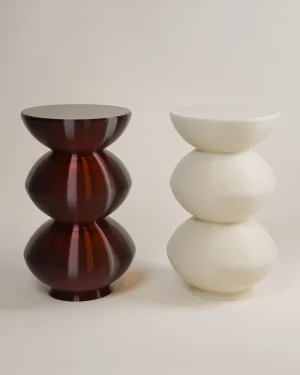
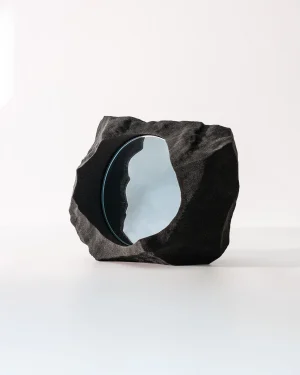
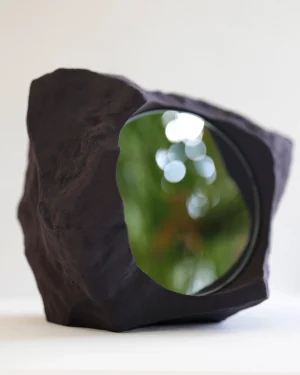 In stock
In stock In stock
In stock
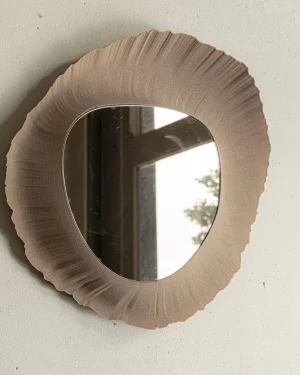 Sold
Sold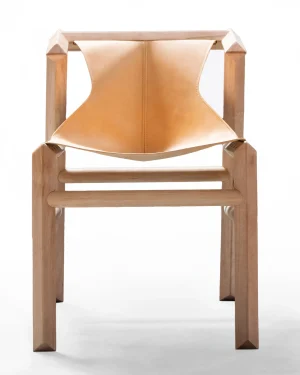
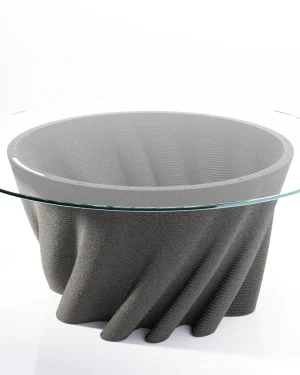
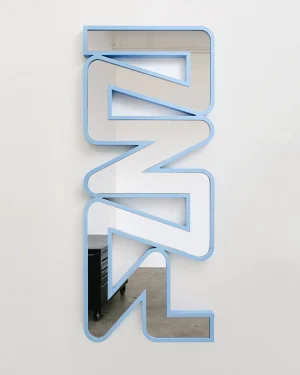

 In stock
In stock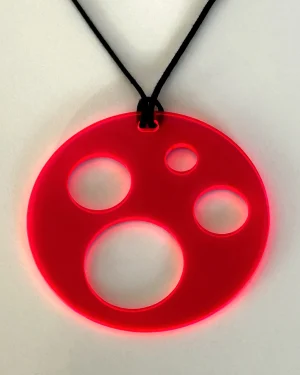 Free shipping
Free shipping In stock
In stock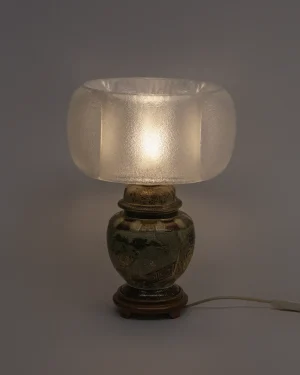 Free shipping
Free shipping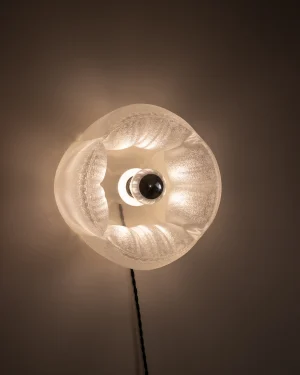 Free shipping
Free shipping Free shipping
Free shipping Free shipping
Free shipping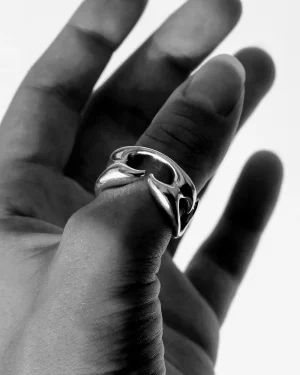 Free shipping
Free shipping Free shipping
Free shipping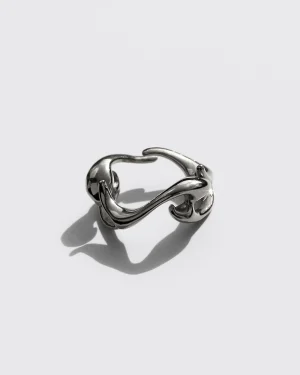 Free shipping
Free shipping Free shipping
Free shipping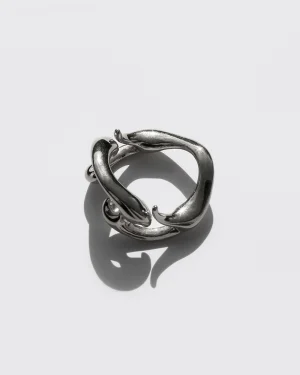 Free shipping
Free shipping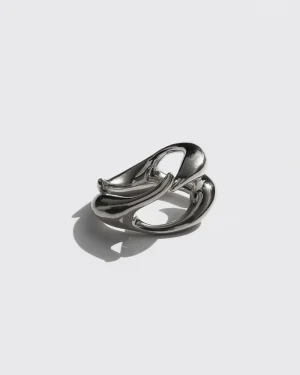 Free shipping
Free shipping Free shipping
Free shipping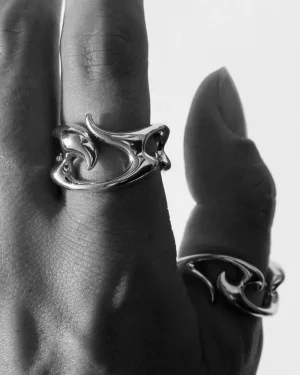 Free shipping
Free shipping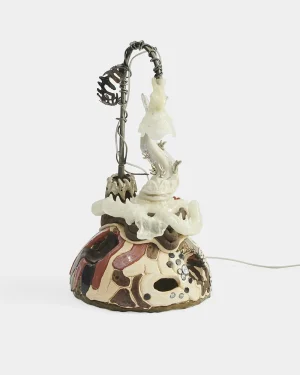
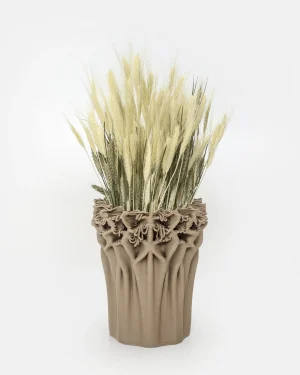 Sold
Sold
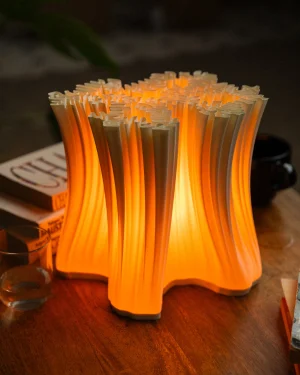
 In stock
In stock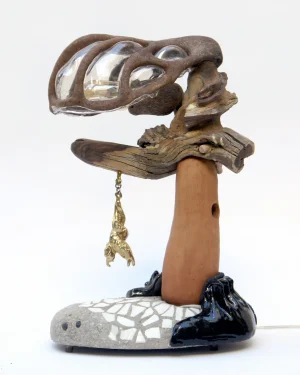
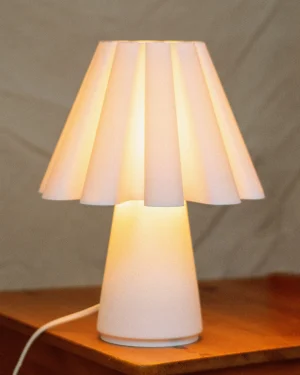 In stock
In stock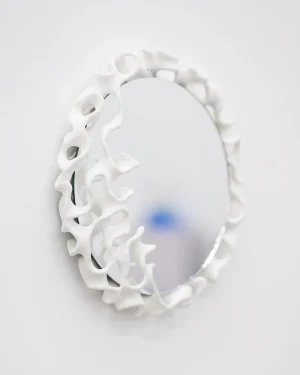
 Free shipping
Free shipping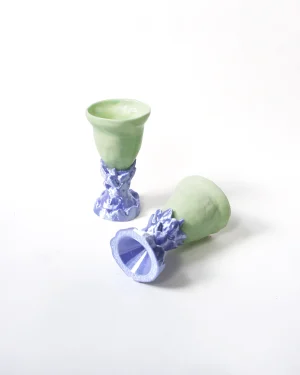 Free shipping
Free shipping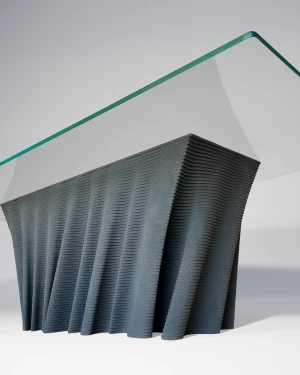 In stock
In stock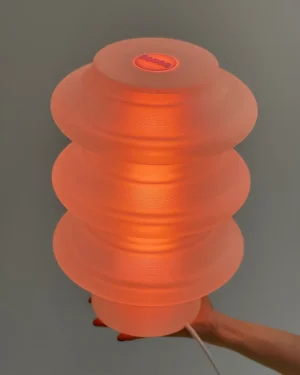 In stock
In stock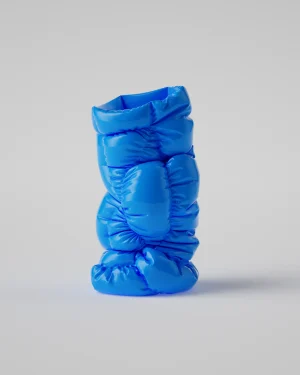
 Free shipping
Free shipping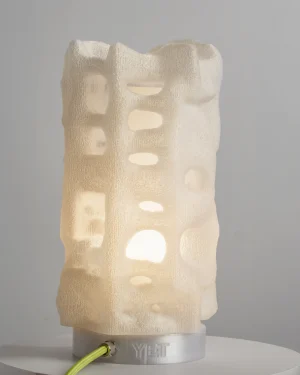 In stock
In stock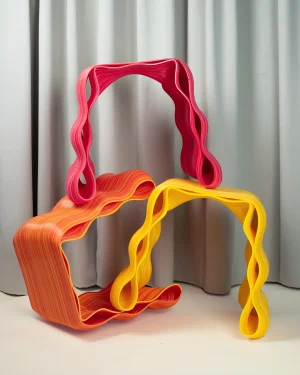
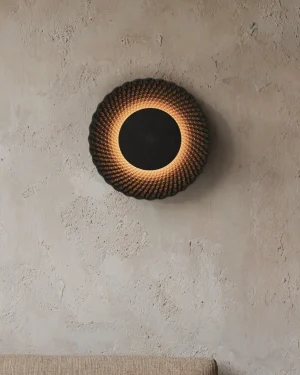 Free shipping
Free shipping